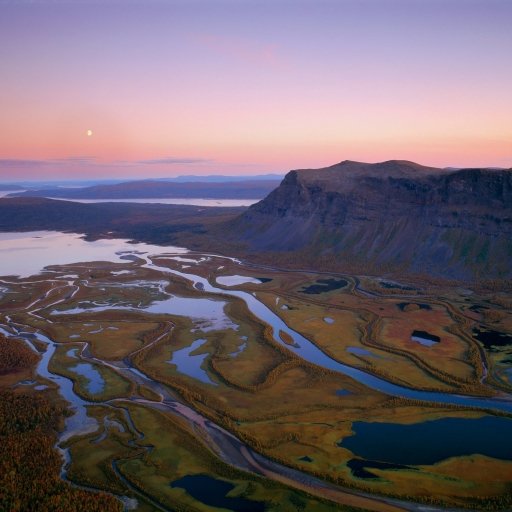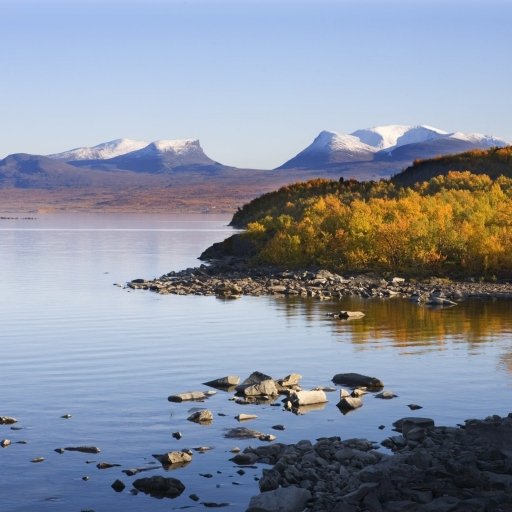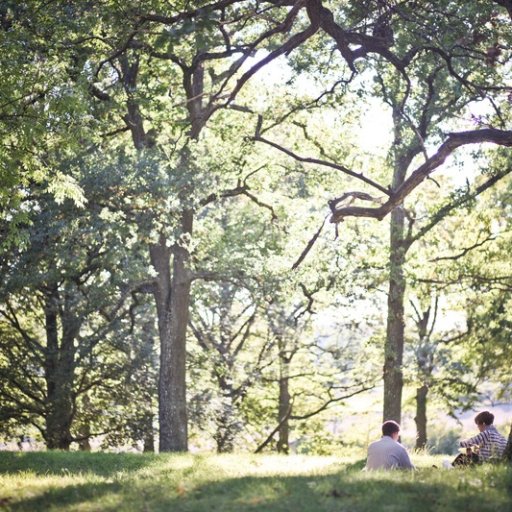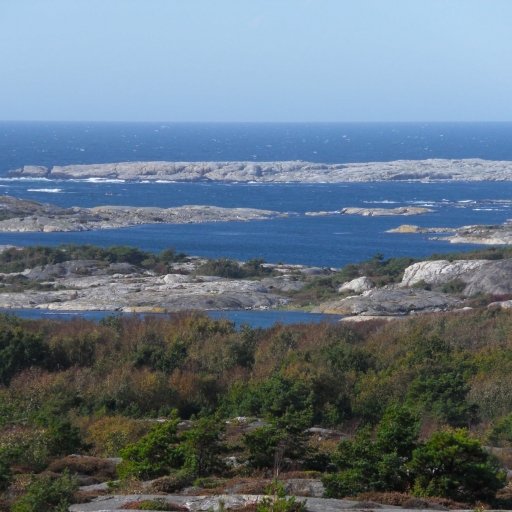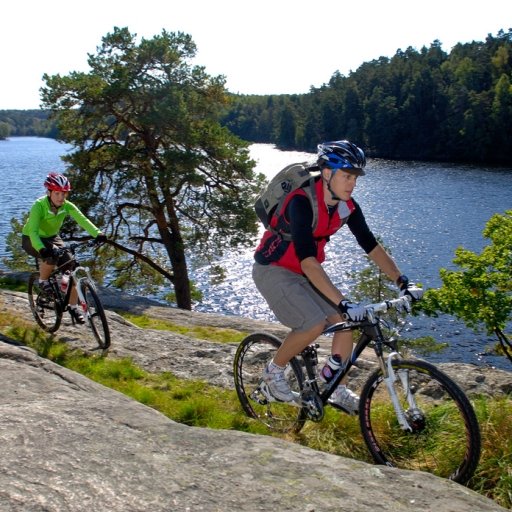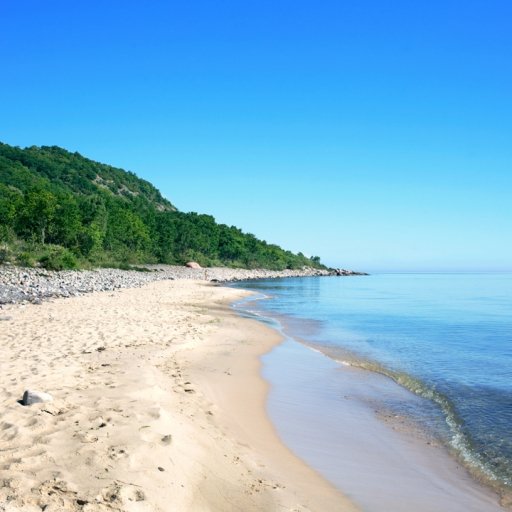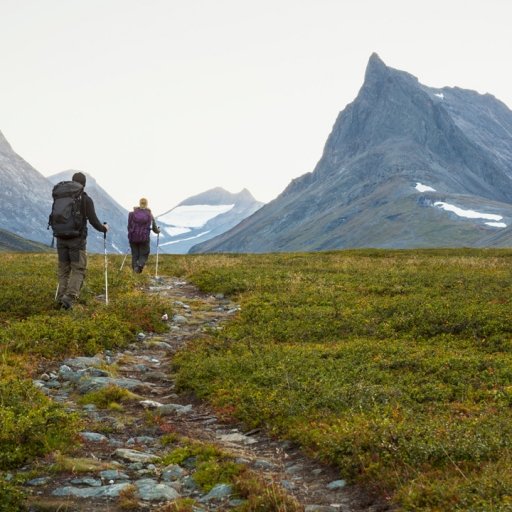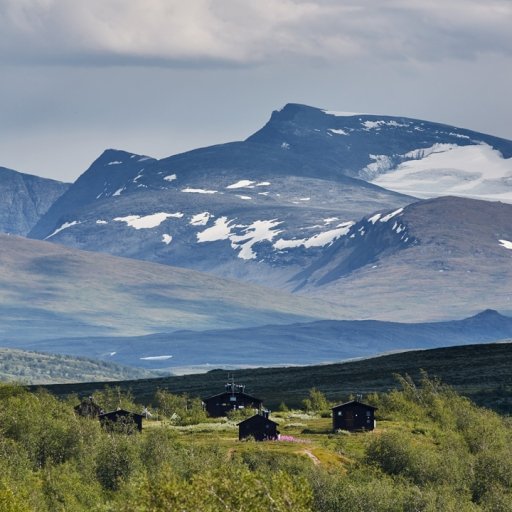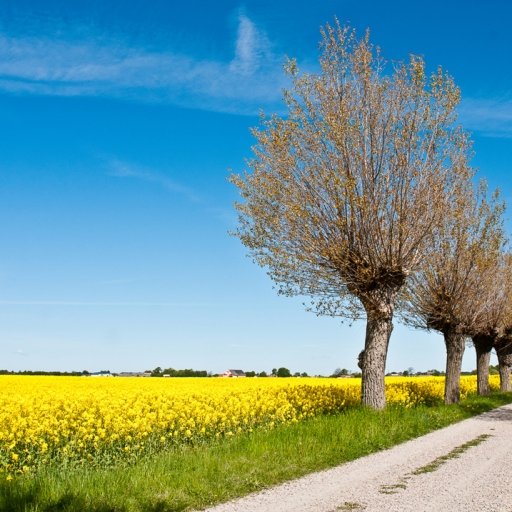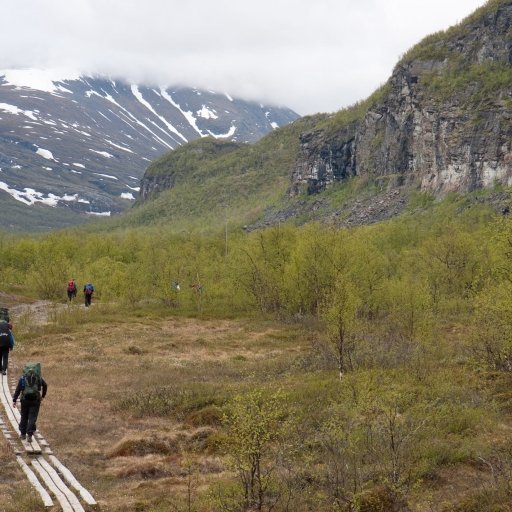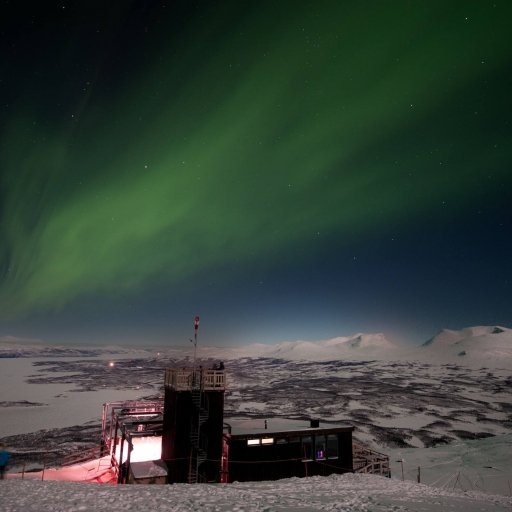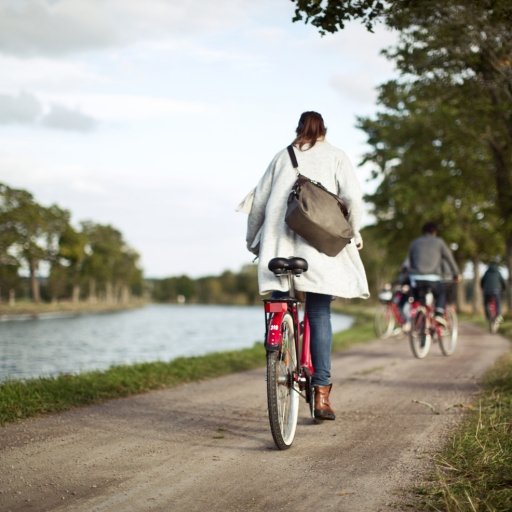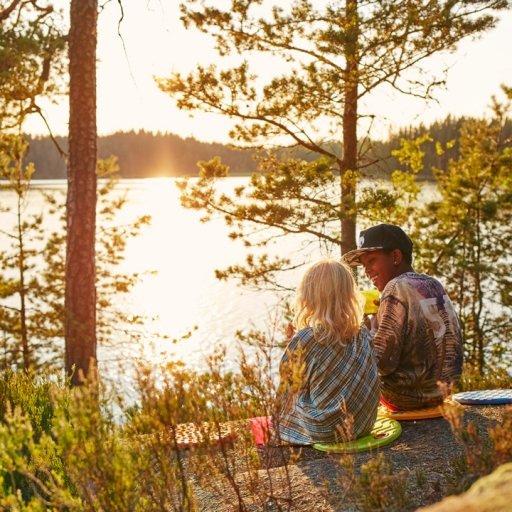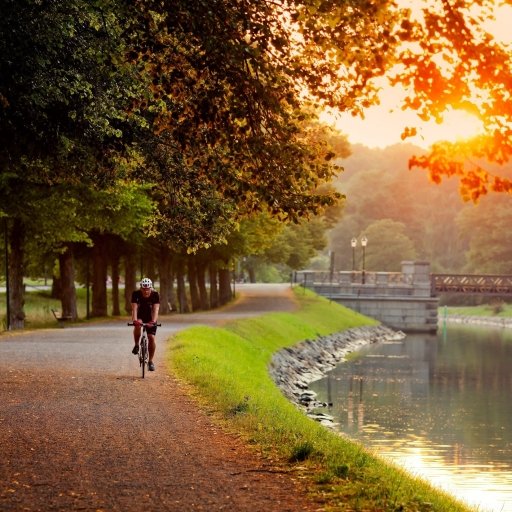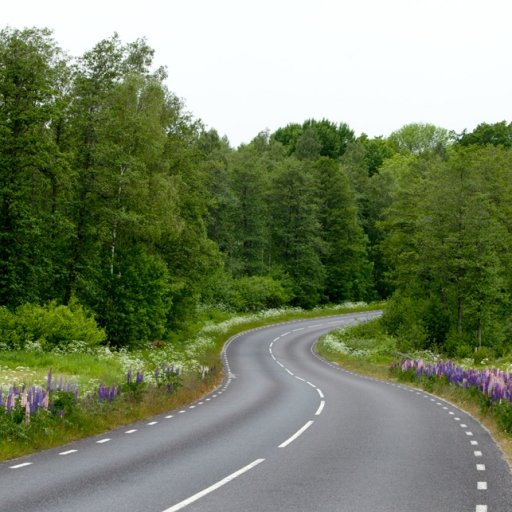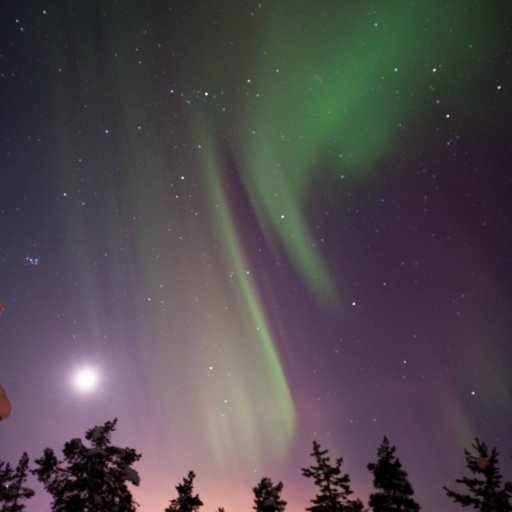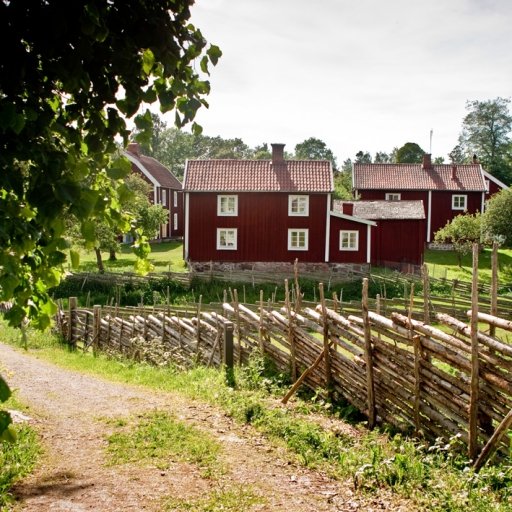Biggest nationalparks in Sweden
Sweden is home to a diverse collection of national parks, preserving the country’s breathtaking landscapes and unique ecosystems. From the expansive wilderness of Sarek to the island ecosystems of Stenshuvud, these parks showcase Sweden’s natural heritage.
Highlights: Known as Sweden’s “Wild Heart,” Sarek is one of Europe’s oldest national parks and is famed for its rugged terrain, glacial rivers, and over 100 peaks, with several exceeding 2,000 meters. This park has no marked trails, attracting experienced hikers and mountaineers looking for a challenge.
Its untouched wilderness is surrounded by mountains, narrow valleys, and powerful rivers, making it one of the most dramatic landscapes in Sweden.
Sweden’s national parks offer a mix of wilderness and accessibility, catering to every kind of nature lover. Whether scaling the peaks of Sarek, canoeing in Padjelanta, or walking coastal trails in Stenshuvud, these parks showcase Sweden’s dedication to preserving its natural beauty and offer unforgettable experiences for all visitors.
Here’s an overview of some of Sweden's most impressive national parks, starting with the largest.
1. Padjelanta National Park
Location: Swedish Lapland
Size: 1,984 km²
Highlights: As Sweden's largest national park, Padjelanta (meaning "Highland" in Sami) is a remote, mountainous park that borders Norway and is part of the UNESCO World Heritage-listed Laponian Area.
Known for its open tundra landscapes, glacial lakes, and rolling hills, the park is a serene sanctuary, particularly popular for hiking. The Padjelanta Trail (Padjelantaleden) is a well-trodden route through the park, offering incredible views and peaceful surroundings.
Wildlife: Reindeer and bird species such as the golden eagle and ptarmigan are common here, and the park is rich in Sami cultural heritage.
2. Sarek National Park
Location: Swedish Lapland
Size: 1,977 km²
Highlights: Known as Sweden’s “Wild Heart,” Sarek is one of Europe’s oldest national parks and is famed for its rugged terrain, glacial rivers, and over 100 peaks, with several exceeding 2,000 meters. This park has no marked trails, attracting experienced hikers and mountaineers looking for a challenge.
Its untouched wilderness is surrounded by mountains, narrow valleys, and powerful rivers, making it one of the most dramatic landscapes in Sweden.
Wildlife: The park supports large populations of reindeer, moose, and even wolverines and lynx, providing a fantastic opportunity for wildlife enthusiasts and photographers.
3. Stora Sjöfallet National Park
Location: Swedish Lapland
Size: 1,278 km²
Highlights: Part of the Laponian World Heritage Site, Stora Sjöfallet National Park is characterized by its dense forests, alpine scenery, and cascading waterfalls. One of the park’s key features, Stora Sjöfallet Falls, has become less forceful due to hydroelectric development but is still worth seeing.
Stora Sjöfallet offers various hiking trails, and its pristine landscape is a significant cultural area for the Sami people.
Wildlife: The park is home to reindeer herds managed by Sami communities, along with bears, lynx, and eagles.
4. Muddus National Park
Location: Swedish Lapland
Size: 500 km²
Highlights: Known as the "Land of Tranquility," Muddus offers deep forests, tranquil bogs, and impressive rock formations. The park is a bird watcher’s paradise, as the wetlands and forests attract a wide variety of species.
Muddus’s old-growth forest is one of Sweden’s oldest, and it features a range of hiking trails, some of which pass by Muddus Falls, a spectacular 42-meter waterfall.
Wildlife: The park’s wetlands and woodlands host species like capercaillie, eagles, and owls. Moose are also common, along with traces of predators like wolves and lynx.
5. Abisko National Park
Location: Northern Sweden, near the Norwegian border
Size: 77 km²
Highlights: Although smaller than other parks, Abisko is one of Sweden’s most popular national parks. It’s known for the Aurora Sky Station and as the starting point of the Kungsleden Trail, a 440-kilometer trail that spans Swedish Lapland.
The park’s varied terrain includes mountains, Lake Torneträsk, and the famous Abisko Canyon, making it a year-round destination for outdoor enthusiasts.
Wildlife: Abisko National Park offers excellent opportunities for spotting moose, reindeer, and arctic foxes. During summer, the park is home to diverse bird species and fields of alpine flowers.
6. Tiveden National Park
Location: Västergötland, central Sweden
Size: 20 km²
Highlights: Tiveden National Park, although small, offers a mystical forest landscape filled with boulders, hidden lakes, and moss-covered rocks. Known for its ancient forests and rugged terrain, it’s perfect for short but scenic hikes.
The park has several trails, including the popular Stenkälla Trail, which showcases some of the most dramatic parts of the forest.
Wildlife: The park is home to moose, lynx, and a variety of birds, including the great grey owl.
7. Stenshuvud National Park
Location: Skåne, southern Sweden
Size: 4 km²
Highlights: Stenshuvud is one of the few coastal national parks in Sweden. It’s known for its sandy beaches, forested hills, and rocky coastline, creating a unique mix of ecosystems.
The park’s namesake, Stenshuvud Hill, offers a stunning view of the Baltic Sea and surrounding countryside. This park is perfect for families and those looking for leisurely hikes.
Wildlife: Due to its diverse habitats, the park is rich in bird species and flora and also hosts foxes, deer, and rare insects.
